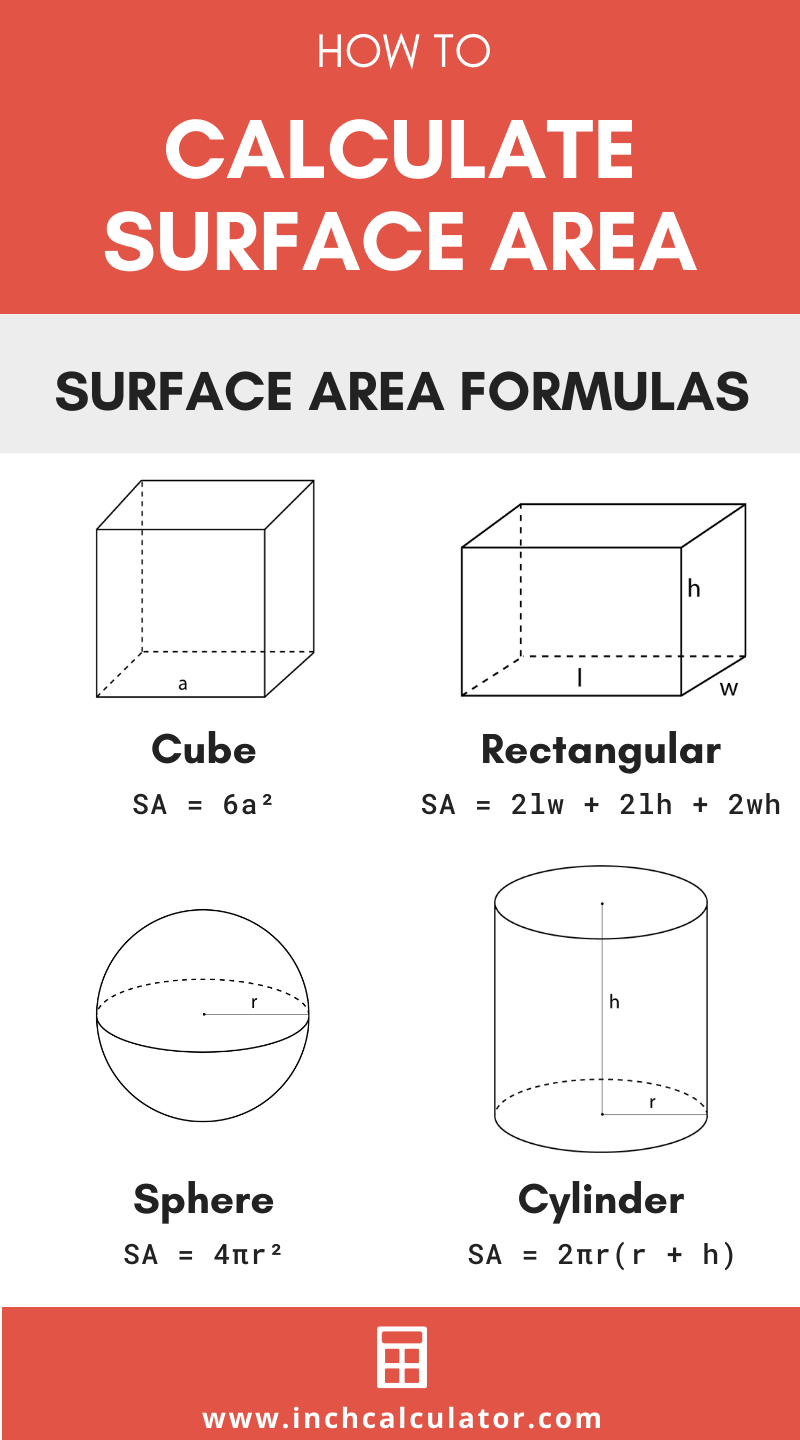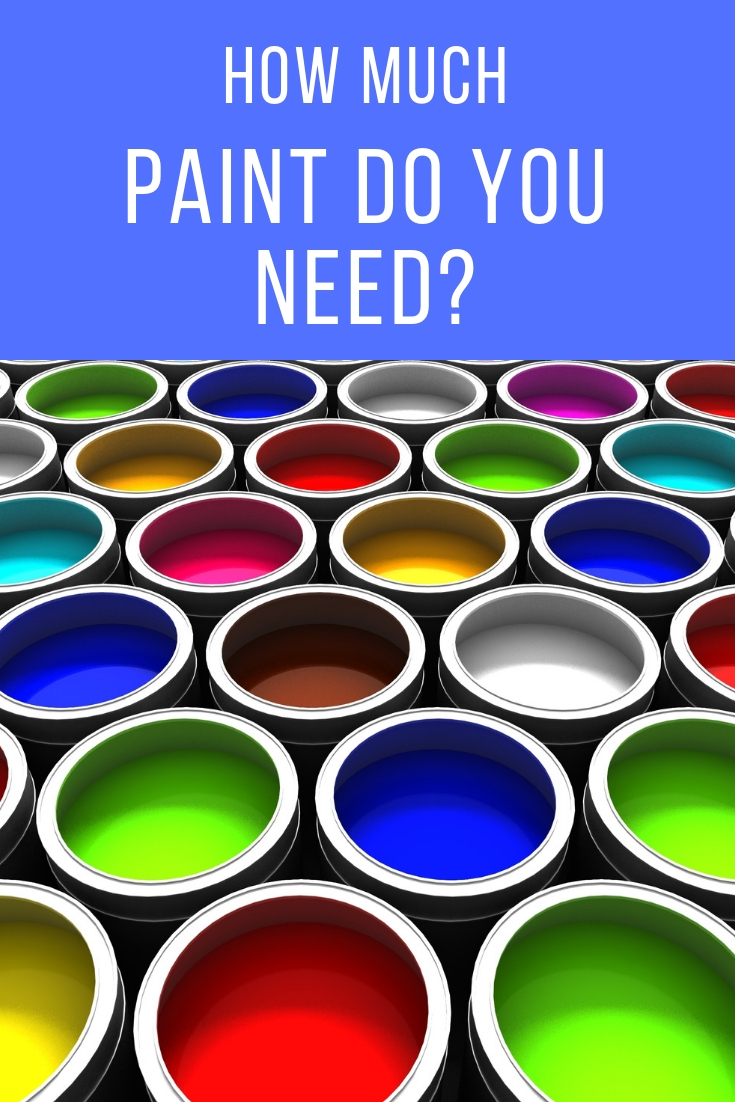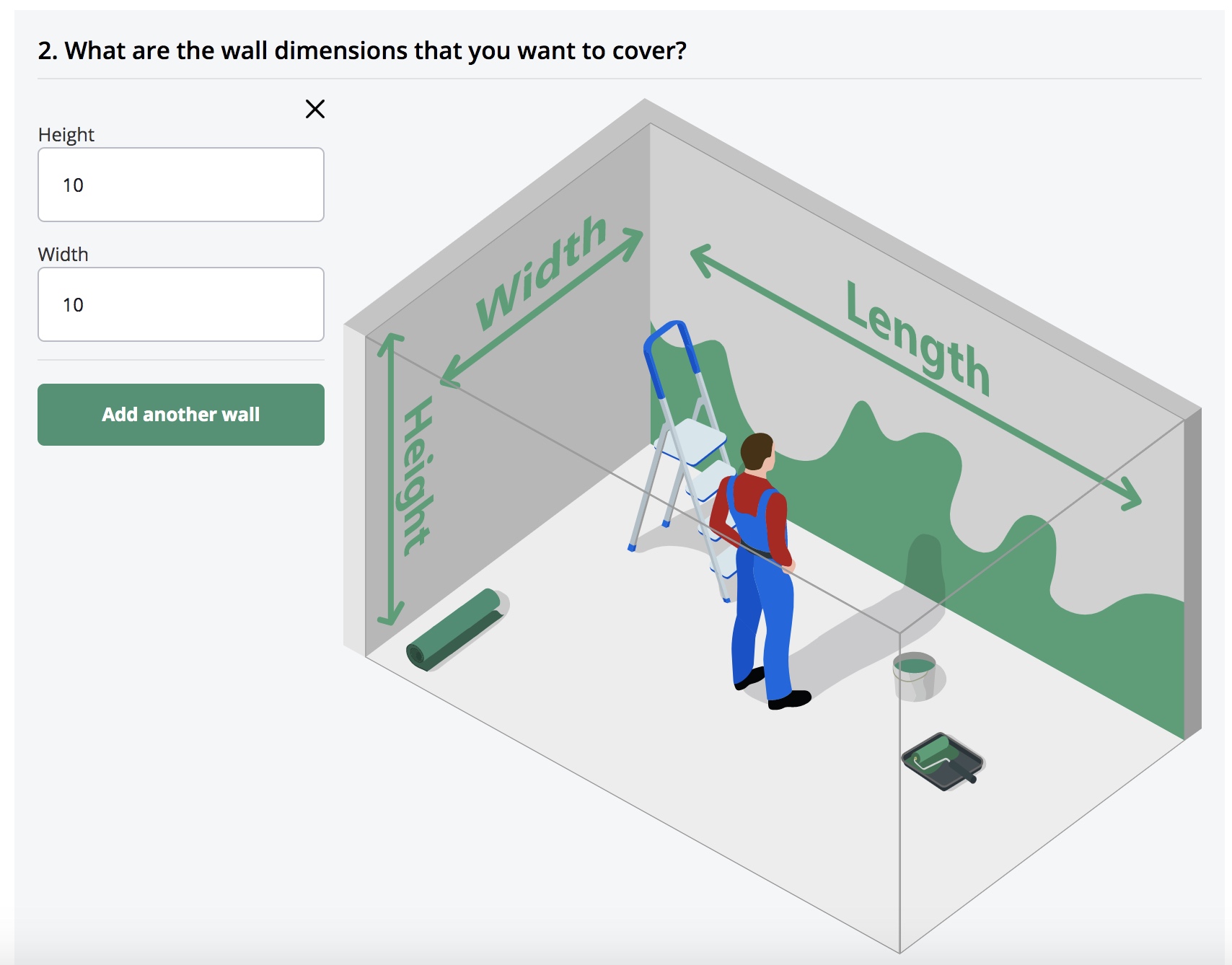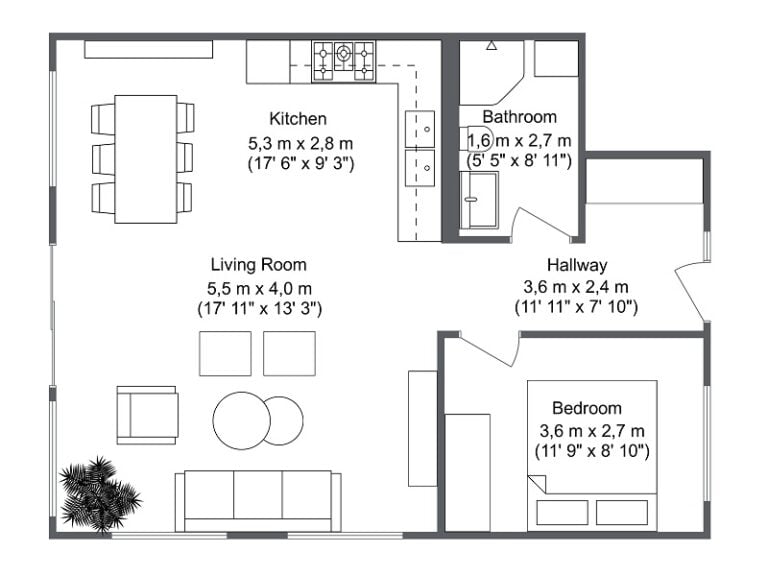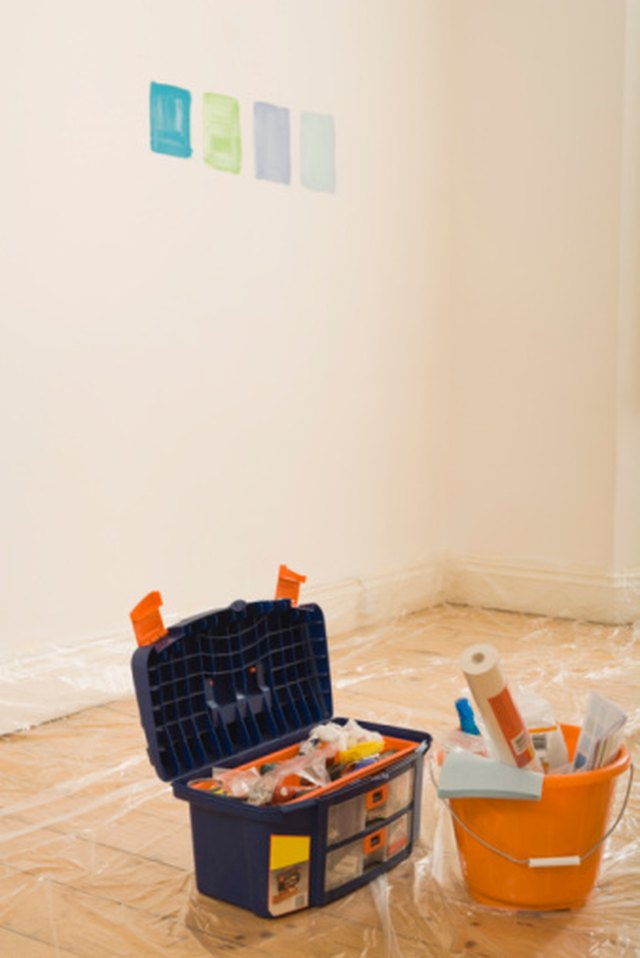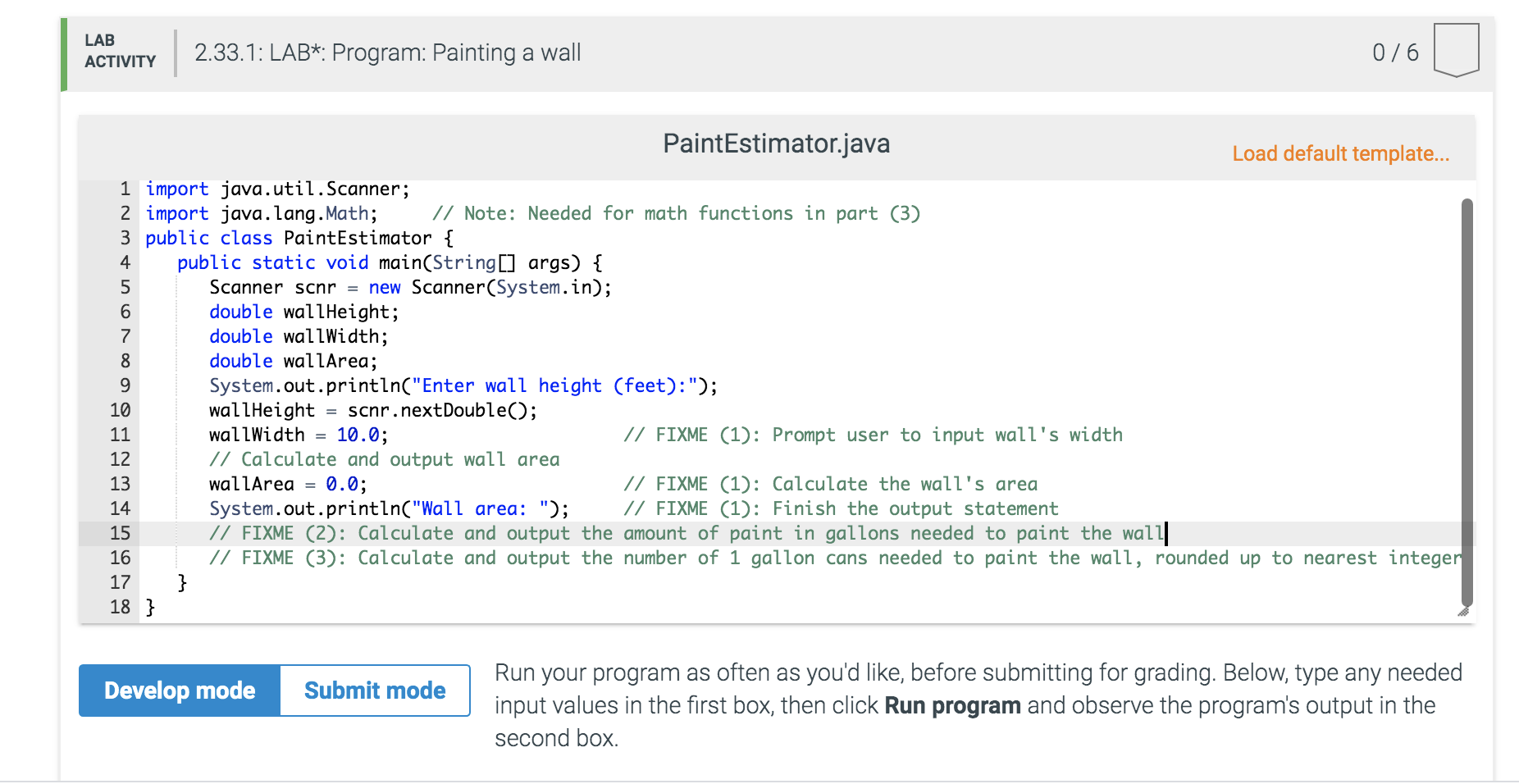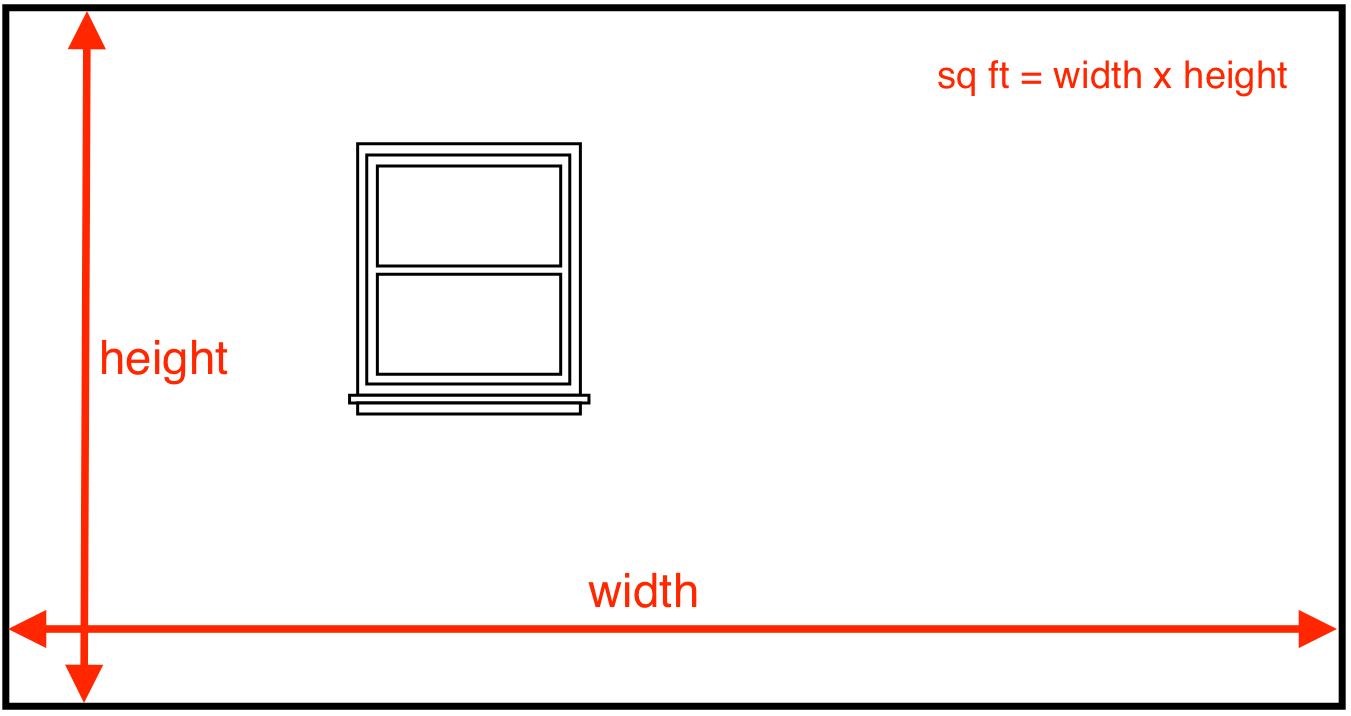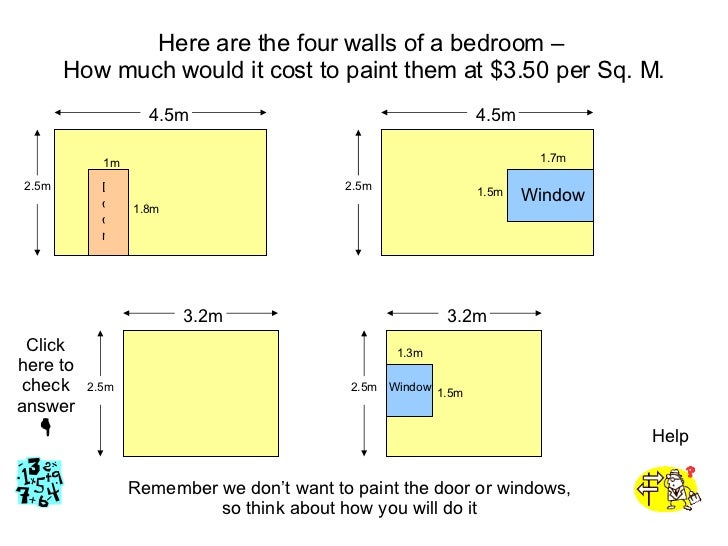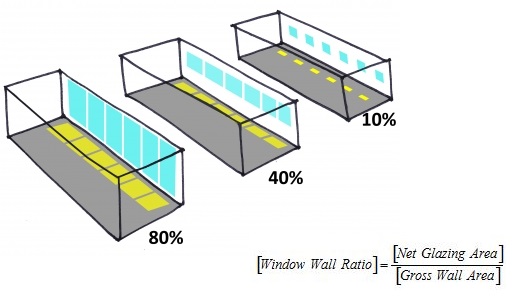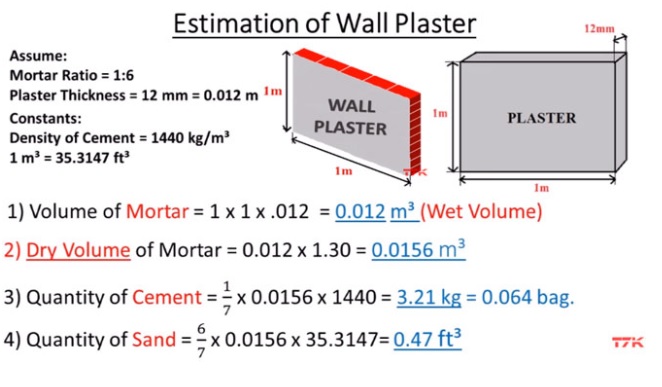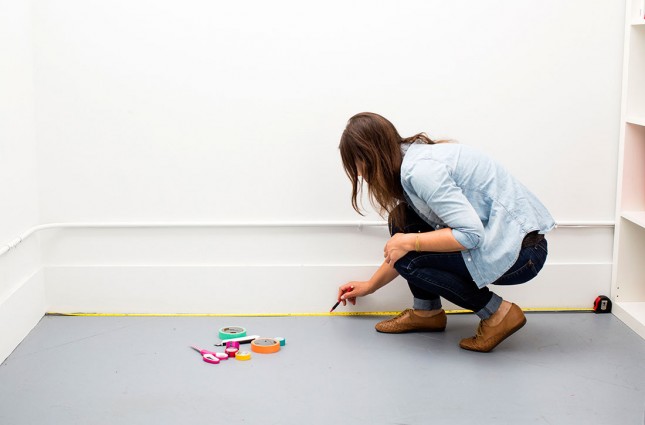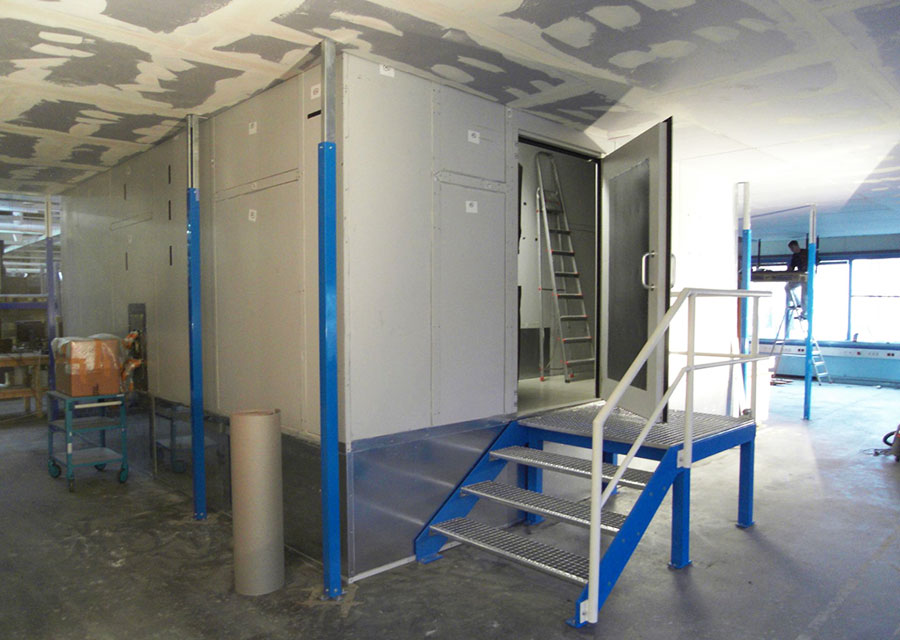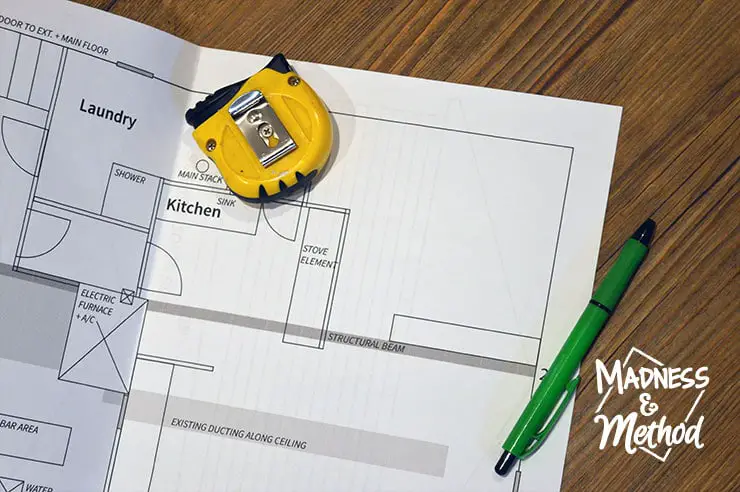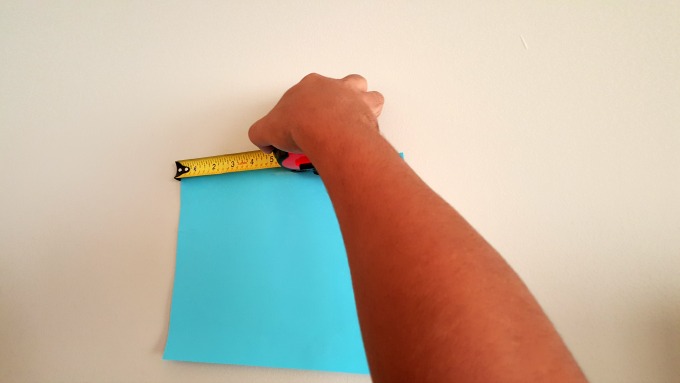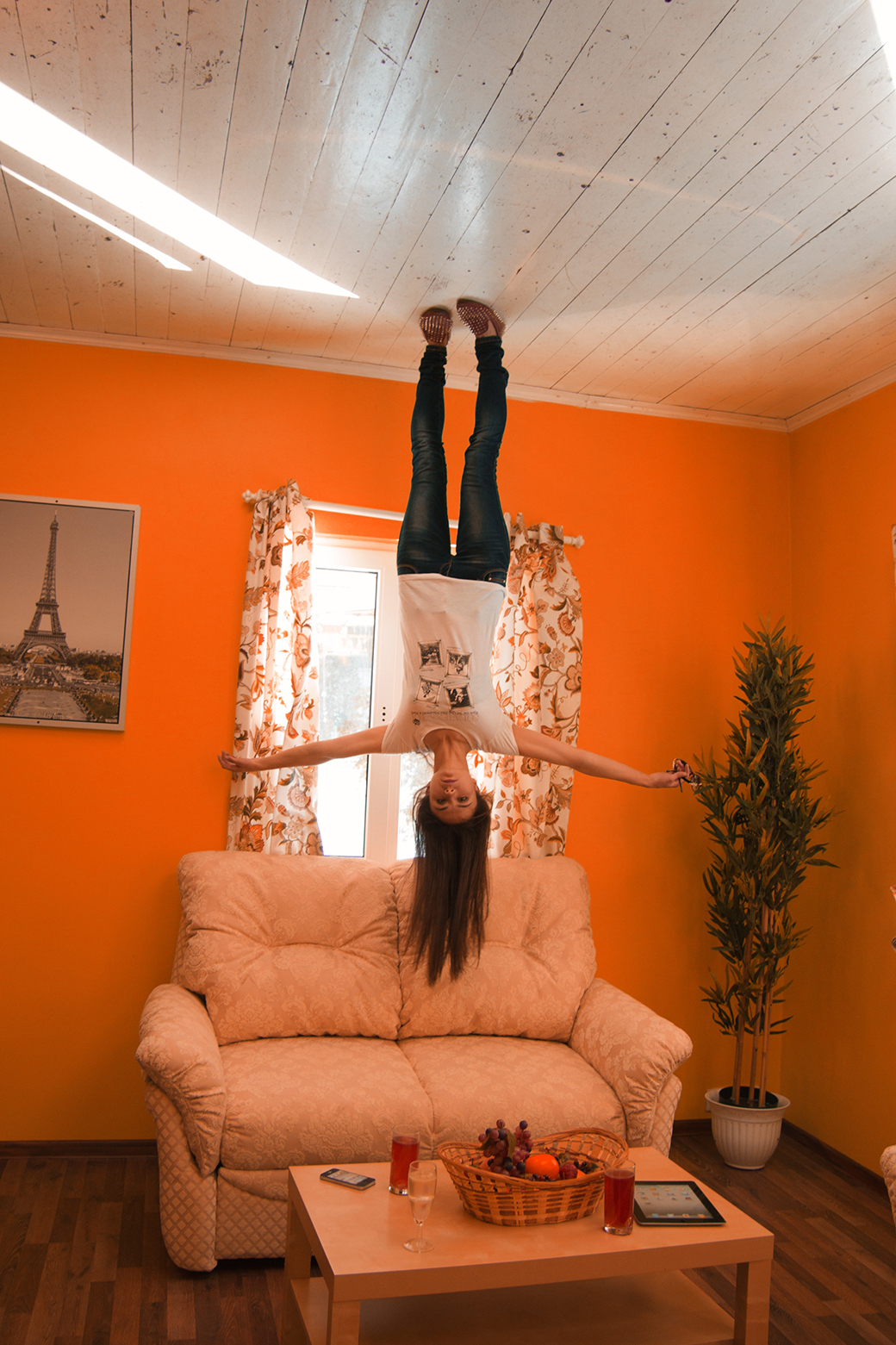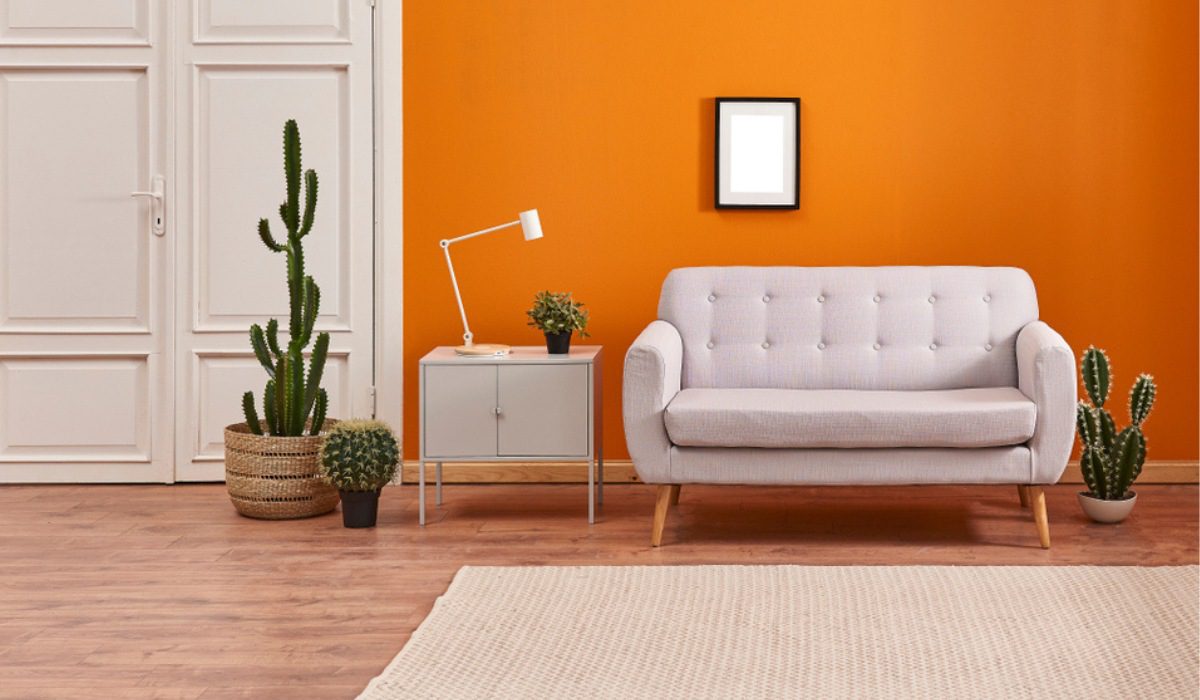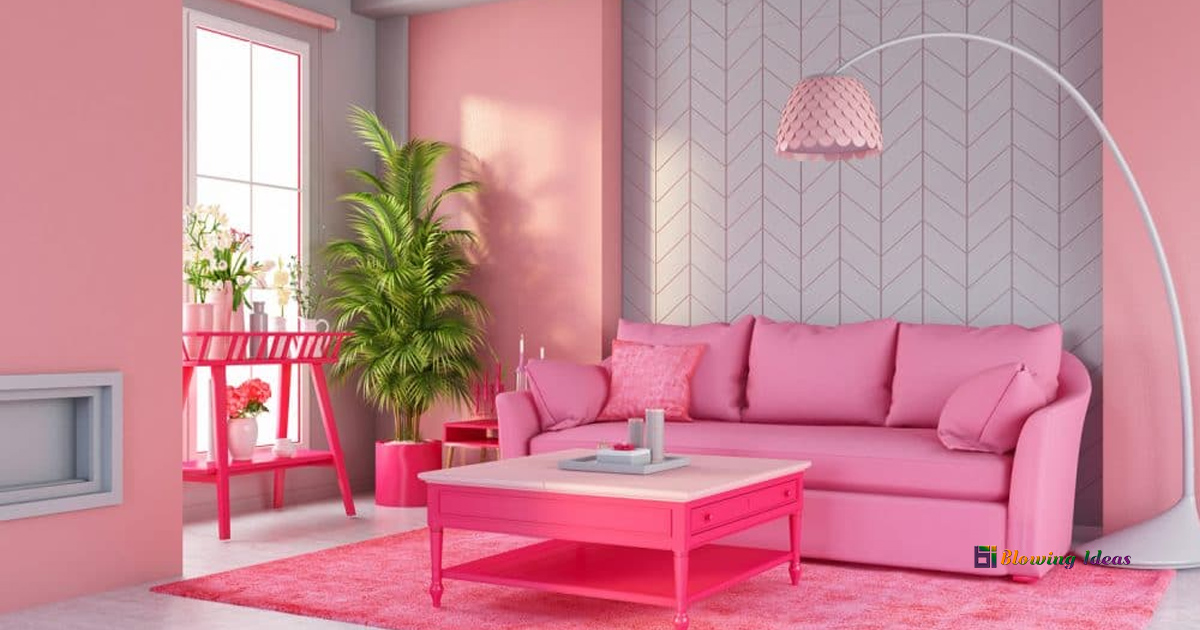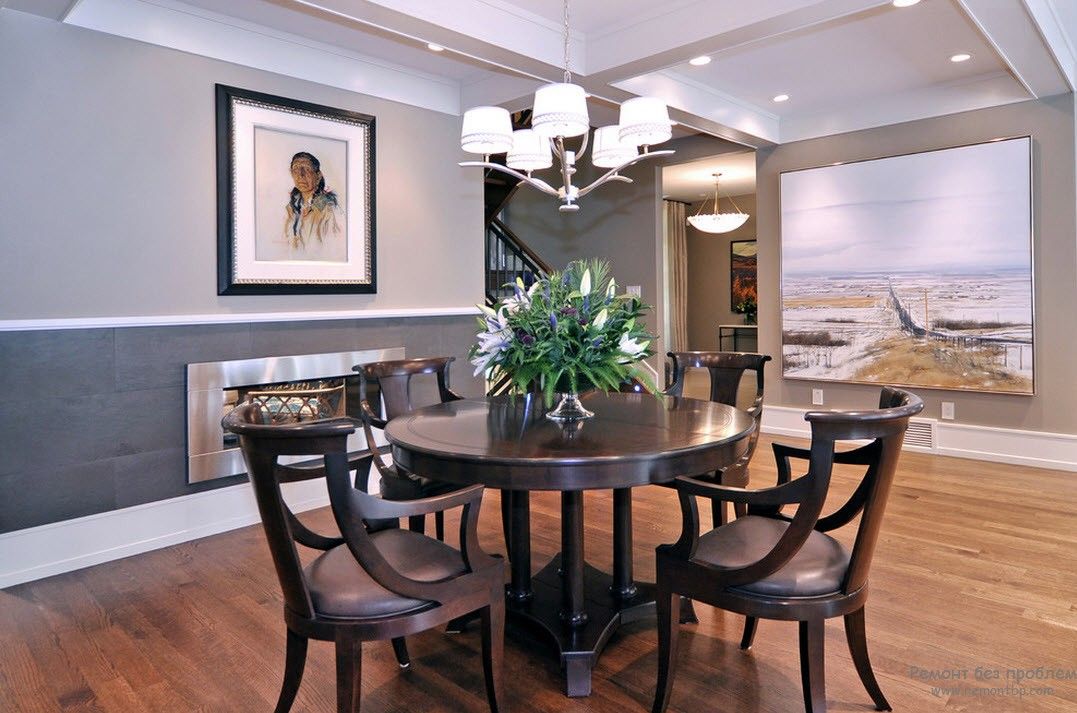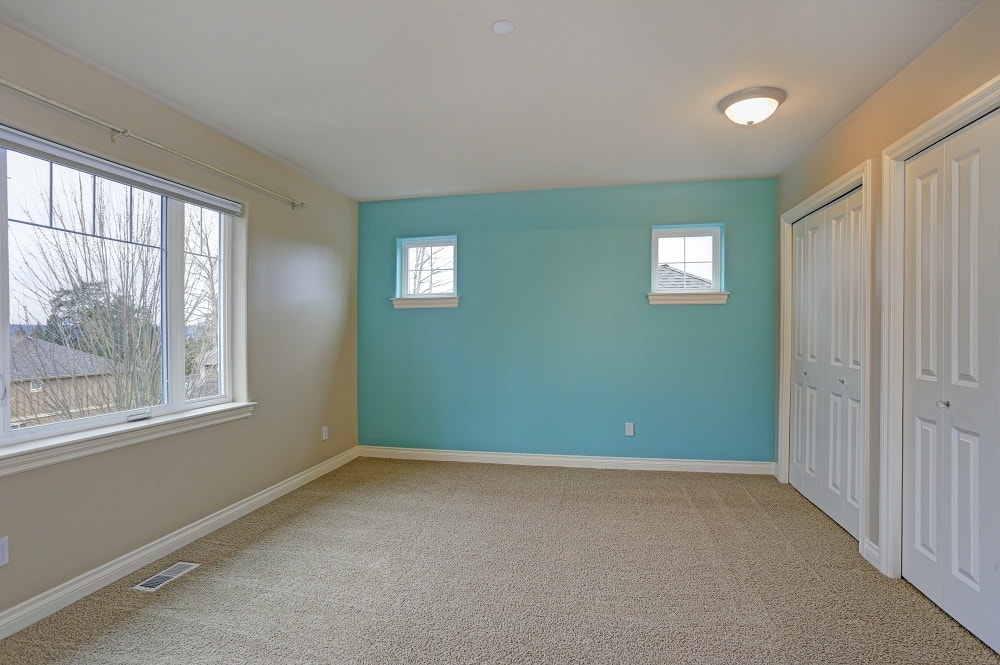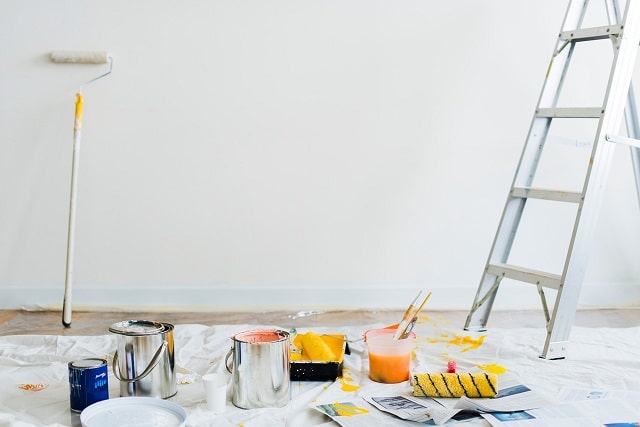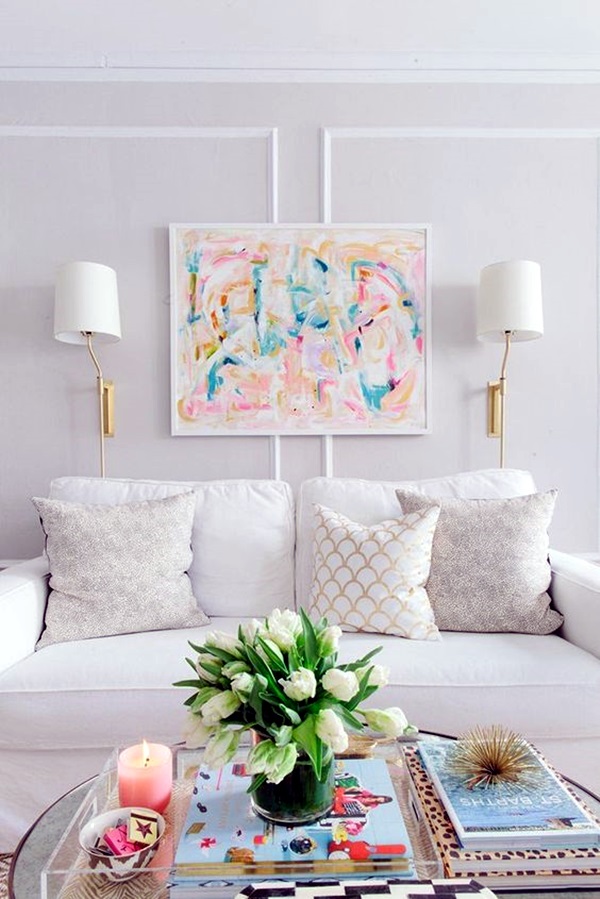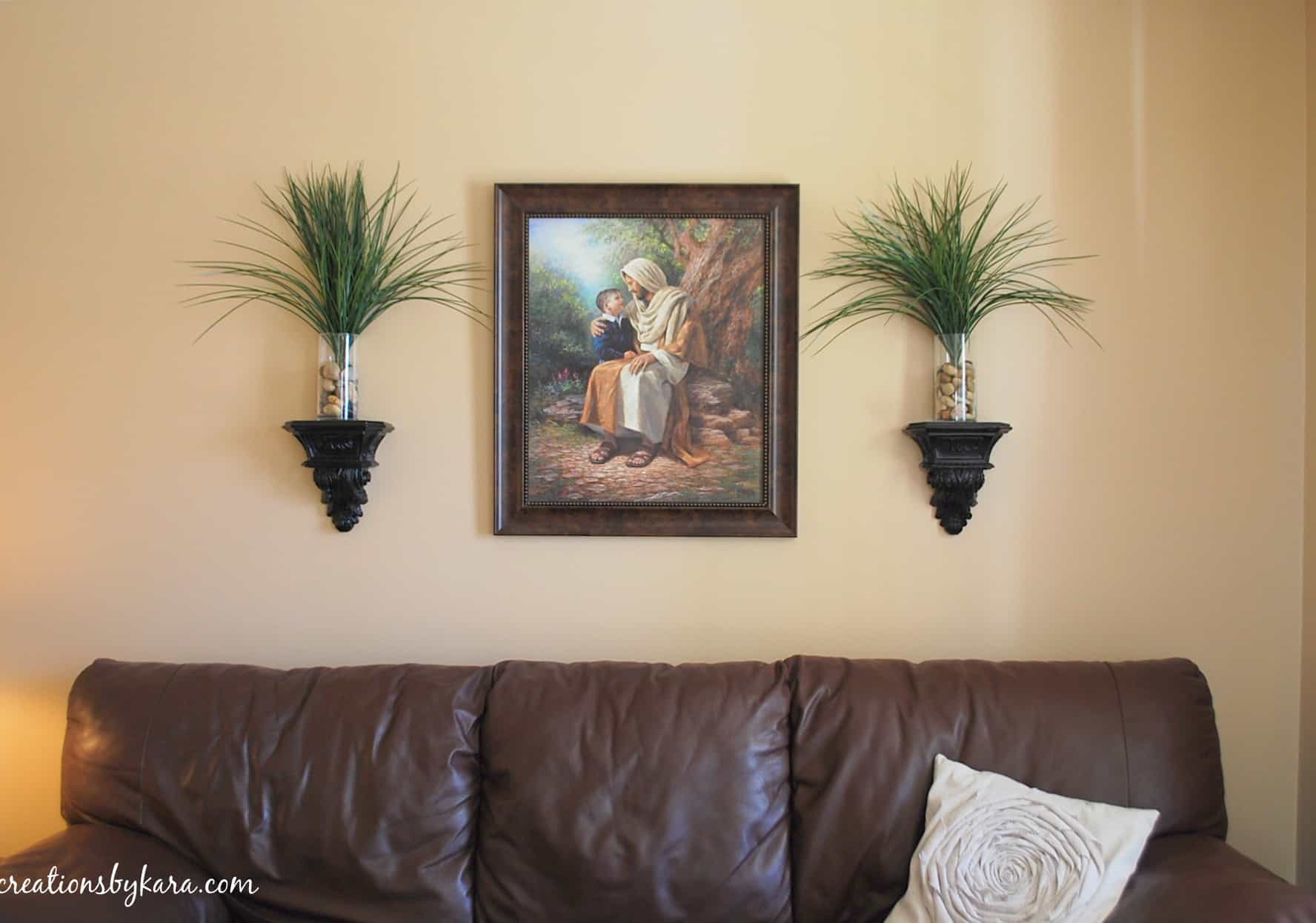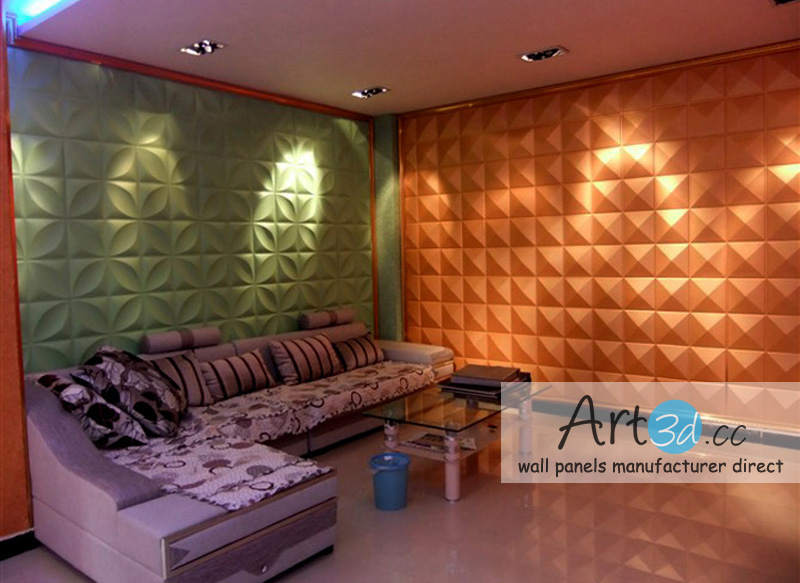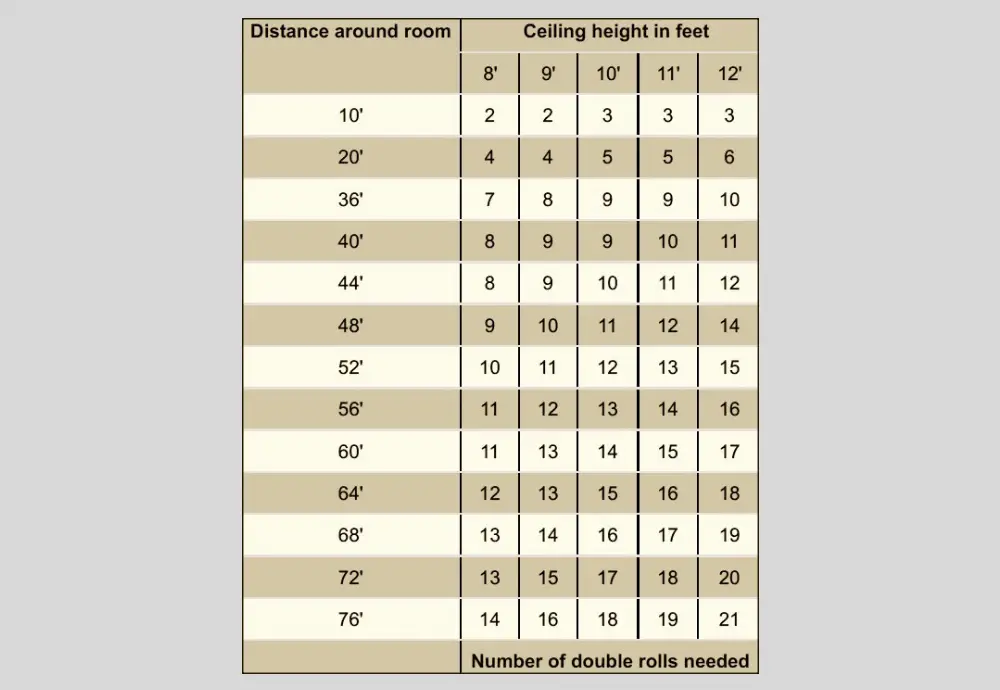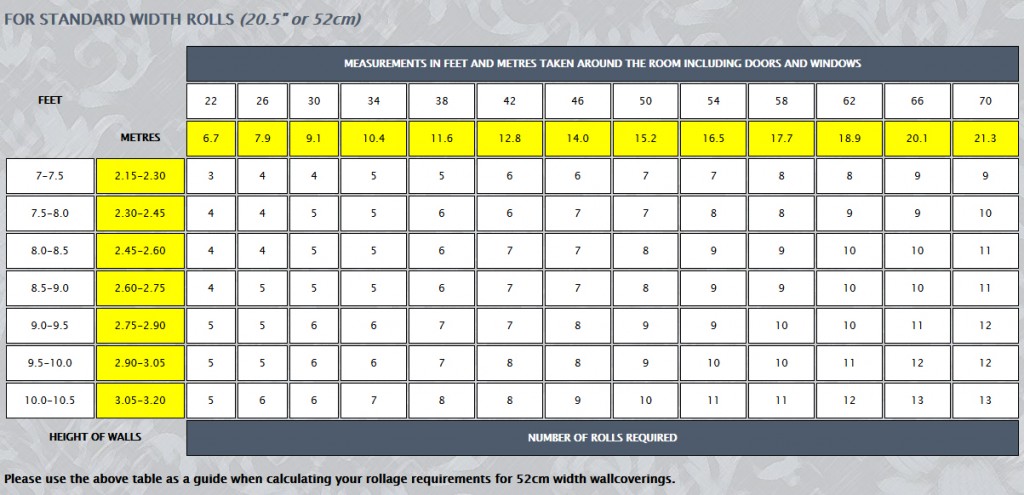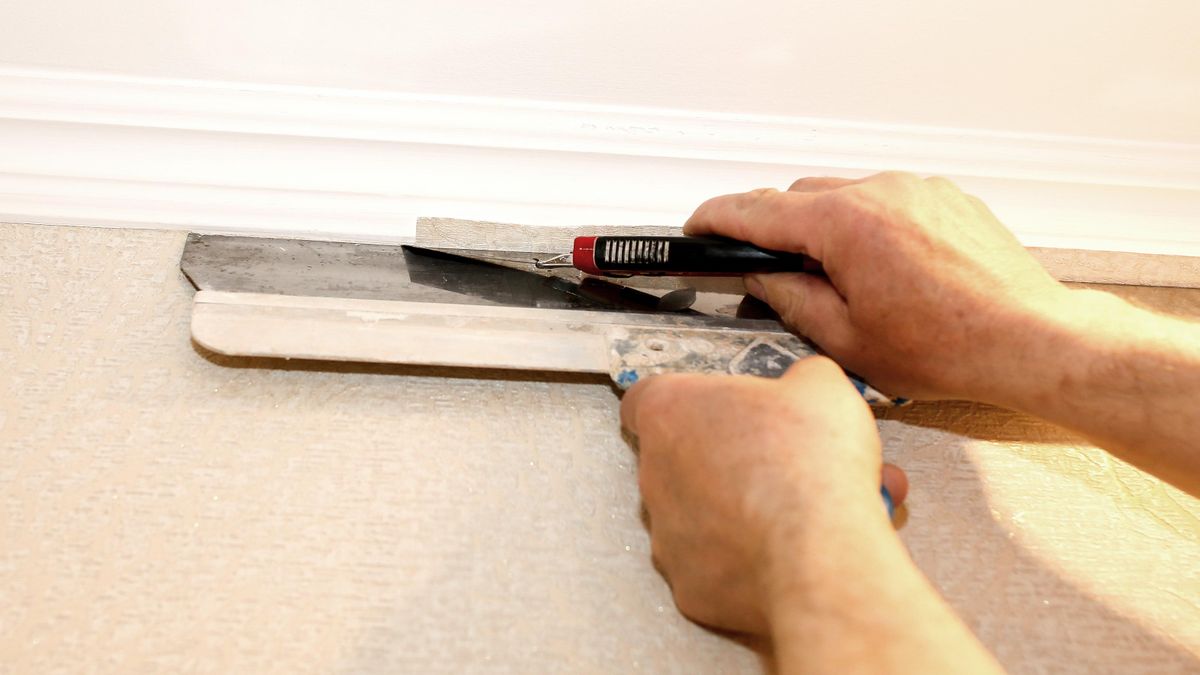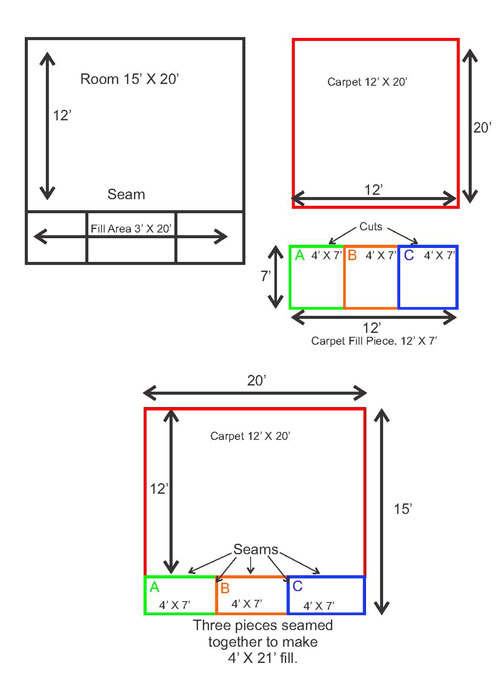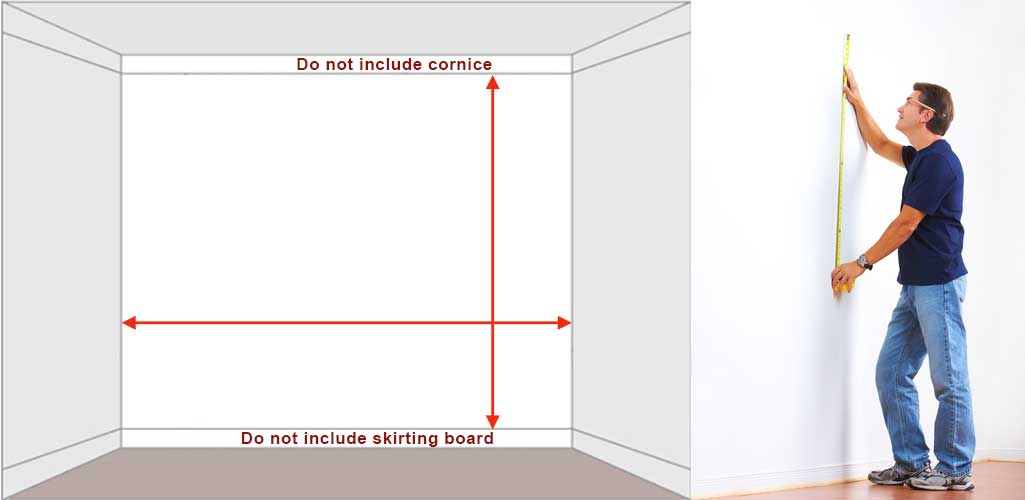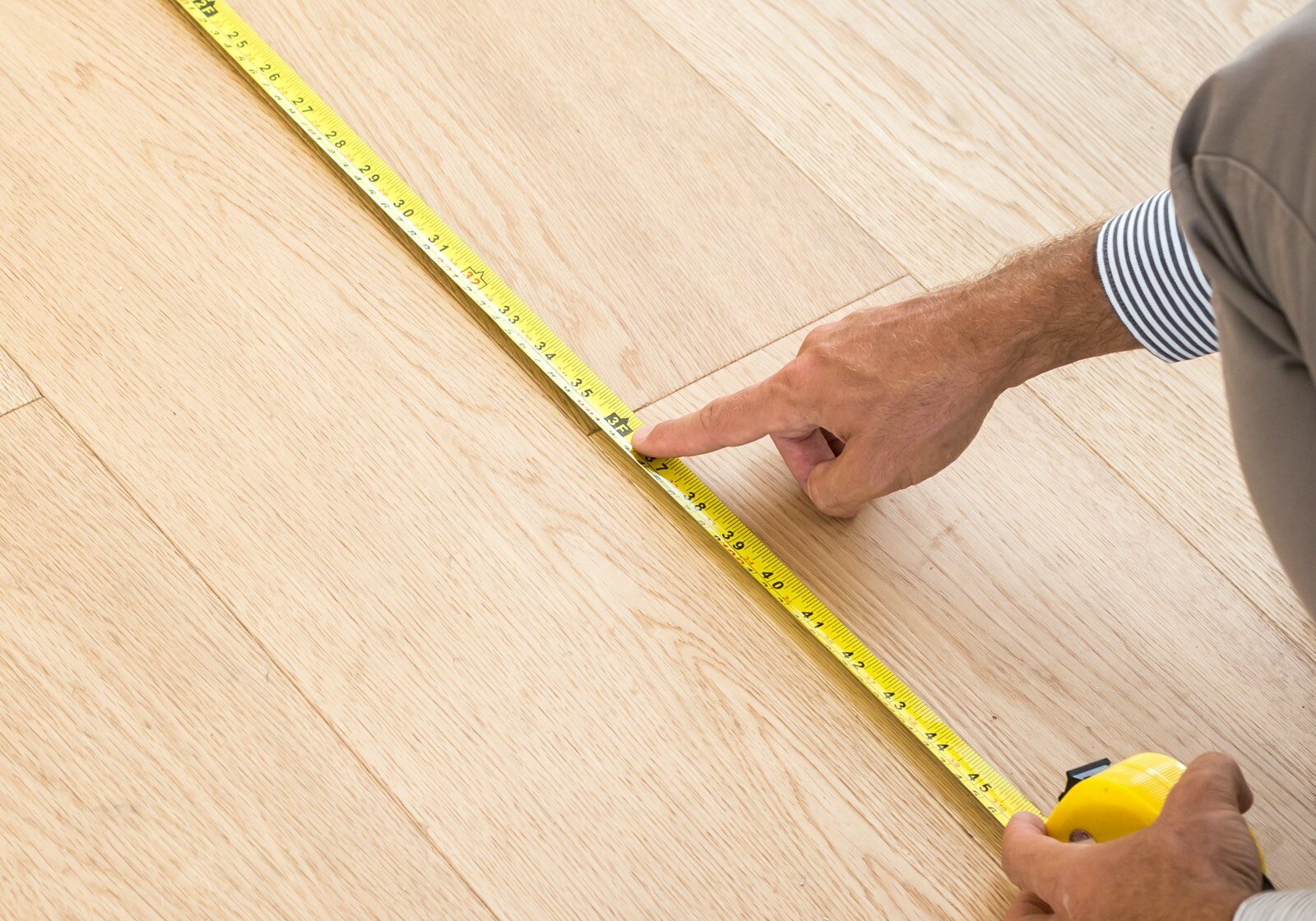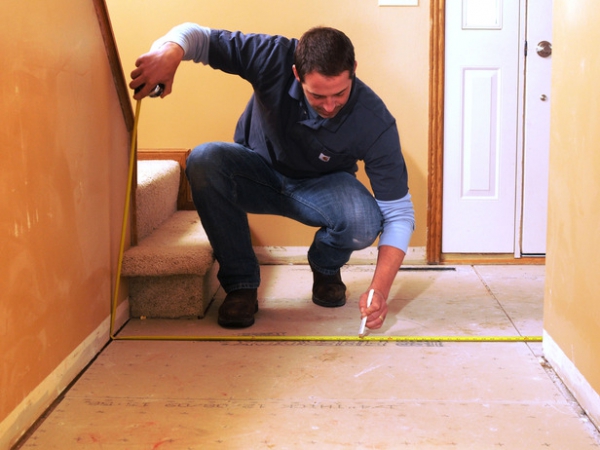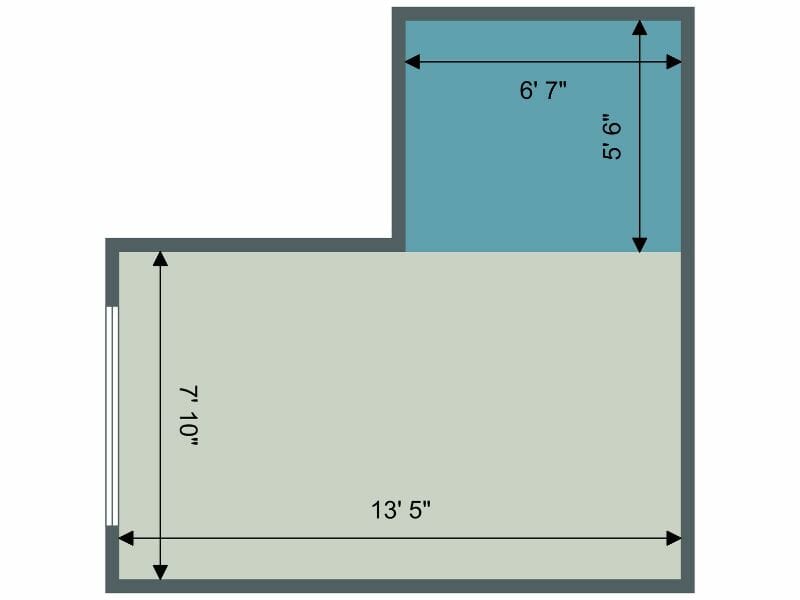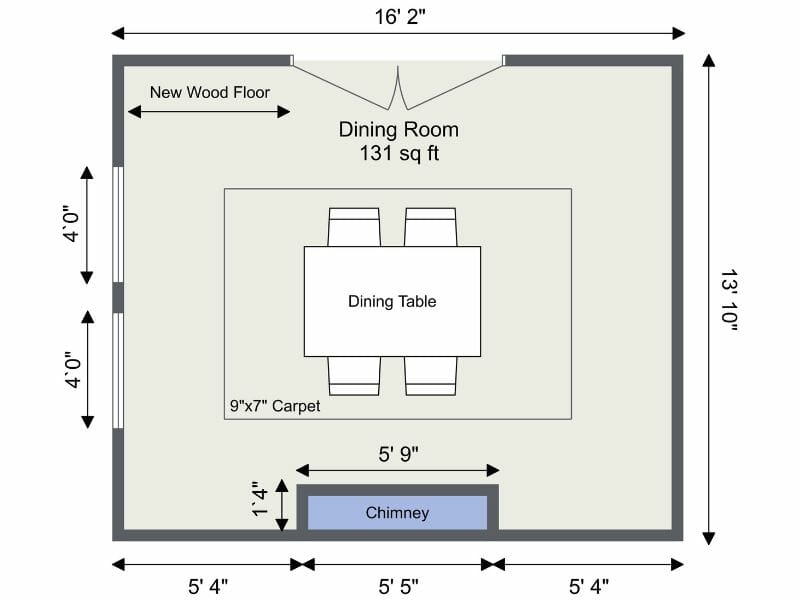If you're planning to redecorate your living room, one of the first things you need to figure out is the wall area of the room. This is important because it will help you determine how much paint, wallpaper, or flooring you will need for your project. Luckily, there are tools available to help you easily calculate the wall area of your living room. Let's take a look at how you can use a wall area calculator to make your home improvement project a breeze.Wall area calculator
The first step in calculating the wall area of your living room is to measure the dimensions of your walls. This includes the length and height of each wall. It's important to measure from corner to corner, including any alcoves or recessed areas. Make sure to also measure the height of any windows and doors, as these will need to be subtracted from the total wall area.Living room wall dimensions
Once you have the measurements of your living room walls, you can use a wall area calculator to determine the total square footage. Simply enter the length and height of each wall into the calculator and it will automatically calculate the total wall area for you. Make sure to double check your measurements to ensure accuracy.How to calculate wall area
If you prefer to calculate the wall area manually, you can use a simple formula to get the same result. The formula for finding the area of a wall is length x height. For example, if your wall is 10 feet long and 8 feet high, the area would be 80 square feet. Repeat this for each wall and add the results together to get the total wall area.Wall area formula
Measuring your living room walls may seem like a daunting task, but with the right tools and techniques, it can be done easily. Make sure to use a sturdy measuring tape and to measure from the baseboard up to the ceiling for accuracy. If your walls have irregular shapes, break them down into smaller rectangles and add the results together to get the total wall area.Measuring living room walls
If you're planning to paint your living room walls, it's important to know the total wall area in order to figure out how much paint you will need. One gallon of paint typically covers around 400 square feet, so divide the total wall area by 400 to get the number of gallons needed. Keep in mind that you may need more than one coat of paint, so it's always a good idea to buy a little extra.Calculating paint needed for living room walls
When determining the wall area for painting, it's important to remember to subtract the area of any windows and doors from the total wall area. This will give you a more accurate estimate of how much paint you will need. Also, if you're planning to paint the ceiling, don't forget to include that in your calculations as well.Determining wall area for painting
Another important factor to consider when calculating the wall area of your living room is the surface area of the walls. This includes any texture, such as brick or paneling, which may require more paint or wallpaper to cover. It's also important to consider if you will be using a primer, as this will also affect the amount of paint or wallpaper needed.Living room wall surface area
If you're planning to add wallpaper to your living room walls, you will need to know the total wall area in order to purchase the right amount. Each roll of wallpaper typically covers around 55 square feet, so divide the total wall area by 55 to get the number of rolls needed. Keep in mind that patterned wallpaper may require more rolls to match up the pattern.Calculating wallpaper needed for living room walls
If you're planning to install new flooring in your living room, it's important to know the wall area in order to purchase the right amount of material. To measure the wall area for flooring, follow the same steps as you would for painting or wallpapering, but instead of measuring the height, measure the distance from the wall to the edge of the baseboard. This will give you the length of flooring needed for each wall. In conclusion, calculating the wall area of your living room is an important step in any home improvement project. Whether you're planning to paint, wallpaper, or install new flooring, knowing the total wall area will help you accurately determine how much material you will need. With the help of a wall area calculator or a simple formula, you can easily tackle this task and move on to creating your dream living room.How to measure wall area for flooring
The Importance of Choosing the Right Color for Your Living Room Walls

Creating the Perfect Atmosphere for Your Home
 When it comes to designing your living room, one of the most important elements to consider is the color of your walls. Your walls are the largest surface area in the room and have a huge impact on the overall look and feel of the space. The color you choose can greatly influence the atmosphere and mood of your living room, making it crucial to select the right shade.
Whether you want a cozy and inviting space or a vibrant and energetic one, the color of your walls plays a key role in achieving your desired ambiance.
When it comes to designing your living room, one of the most important elements to consider is the color of your walls. Your walls are the largest surface area in the room and have a huge impact on the overall look and feel of the space. The color you choose can greatly influence the atmosphere and mood of your living room, making it crucial to select the right shade.
Whether you want a cozy and inviting space or a vibrant and energetic one, the color of your walls plays a key role in achieving your desired ambiance.
The Psychology of Color
:max_bytes(150000):strip_icc()/Chuck-Schmidt-Getty-Images-56a5ae785f9b58b7d0ddfaf8.jpg) Color psychology
is the study of how colors can affect human emotions and behavior. It has been proven that different colors can evoke different feelings and moods. For instance, warm colors such as red, orange, and yellow can create a sense of warmth and energy, while cool colors like blue, green, and purple can promote calmness and relaxation.
Therefore, it is important to choose a color that aligns with the atmosphere you want to create in your living room.
Color psychology
is the study of how colors can affect human emotions and behavior. It has been proven that different colors can evoke different feelings and moods. For instance, warm colors such as red, orange, and yellow can create a sense of warmth and energy, while cool colors like blue, green, and purple can promote calmness and relaxation.
Therefore, it is important to choose a color that aligns with the atmosphere you want to create in your living room.
Choosing the Right Color for Your Living Room Walls
:max_bytes(150000):strip_icc()/Patterned-accent-wall-58e430043df78c5162addf0b.png) When choosing a color for your living room walls, it is important to consider the overall design and theme of your home.
Neutral colors
such as white, beige, and gray are great options as they provide a versatile and timeless base for any style. They also make the room appear larger and brighter, making it ideal for smaller living spaces.
On the other hand, bold and vibrant colors
like red, orange, and purple can add a dramatic and energetic touch to your living room. These colors work best in larger spaces and can be paired with neutral accents for balance.
When choosing a color for your living room walls, it is important to consider the overall design and theme of your home.
Neutral colors
such as white, beige, and gray are great options as they provide a versatile and timeless base for any style. They also make the room appear larger and brighter, making it ideal for smaller living spaces.
On the other hand, bold and vibrant colors
like red, orange, and purple can add a dramatic and energetic touch to your living room. These colors work best in larger spaces and can be paired with neutral accents for balance.
The Power of Accent Walls
 If you are hesitant to fully commit to a bold color, consider creating an
accent wall
in your living room. This is when one wall is painted in a different color than the rest, creating a focal point in the room.
Accent walls
are a great way to add a pop of color without overwhelming the space. You can also experiment with different textures and patterns on your accent wall to add visual interest to the room.
If you are hesitant to fully commit to a bold color, consider creating an
accent wall
in your living room. This is when one wall is painted in a different color than the rest, creating a focal point in the room.
Accent walls
are a great way to add a pop of color without overwhelming the space. You can also experiment with different textures and patterns on your accent wall to add visual interest to the room.
Conclusion
 In conclusion, the color of your living room walls is a crucial aspect of the design process. It sets the tone for the entire space and can greatly impact the atmosphere and mood of the room.
Take the time to consider the psychology of color and choose a shade that aligns with your desired ambiance. And don't be afraid to get creative with accent walls to add a unique touch to your living room.
With the right color, you can create a space that not only looks beautiful but also feels comfortable and inviting.
In conclusion, the color of your living room walls is a crucial aspect of the design process. It sets the tone for the entire space and can greatly impact the atmosphere and mood of the room.
Take the time to consider the psychology of color and choose a shade that aligns with your desired ambiance. And don't be afraid to get creative with accent walls to add a unique touch to your living room.
With the right color, you can create a space that not only looks beautiful but also feels comfortable and inviting.
